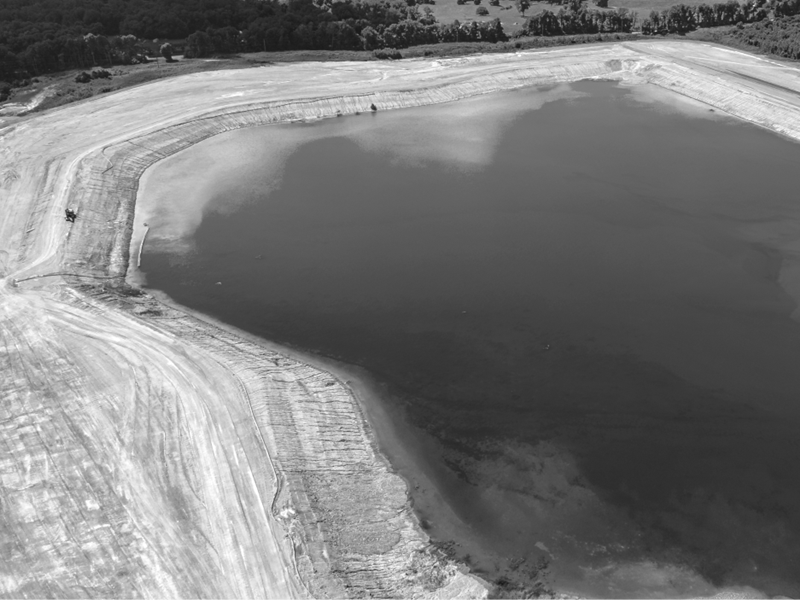Investigate the Geotechnical Properties on Tailings

In July of 2022, Geomech Africa set out to conduct a geotechnical investigation in Rustenburg at a tailing facility in the North-West Province, in South Africa. The investigation included CPTu testing, S-CPTu testing and MOSTAP soil sampling. The testing was performed to assess the stability of the tailing facilities and determine the geotechnical properties of the material. The tailing facility that was assessed covers approximately 578.6 hectares with 22 testing positions.
The team first started with CPTu (Piezocone Penetration Testing) testing. This is standard practice for determining geotechnical engineering properties of subsurface soils. CPTu data, alongside the aid of geotechnical software, is used to interpret and understand the different subsurface soil conditions.
Seismic CPTu (S-CPTu) is a static testing method used to calculate the small strain shear modulus of soil by measuring the shear wave velocity through the soil. The test is conducted by using a Pagani geotechnical S3X seismic module equipped with two accelerometers spaced 0.5m apart.
MOSTAP sampling is the practice of collecting either a 35mm or 65mm one-metre soil sample at a certain target depth or in set intervals provided by the client. The MOSTAP35 was pushed into the soil utilizing the CPT rig on-site, increasing the depth using 36mm diameter CPT rods of 1-meter lengths. At the required depth, a latching mechanism was lowered down through the CPT rods with a cable until it connected to the piston attached to the cone. The MOSTAP was then activated by pulling the cable which releases the cone allowing the soil sample to be collected when the MOSTAP was advanced by one metre.
The team faced a slight delay when recovering sample material. This was caused by the degree of saturation of the soil and the soil type. Recovering samples in this dense clay layer only yielded approximately 20% viable sample. However, adjusting the methodology to the site-specific conditions, the team was able to collect 85-100% of the sample.
This project was a great example of adjusting to site conditions and project management. Continuous communication was carried out between the client and Geomech Africa which led to a seamless completion. Rustenburg was quite an interesting site with beautiful scenic views.
The project was completed successfully with quality data produced for the client.
Plot 28 Central Road
Sunrella, Lanseria
Gauteng
South Africa
Tel. +27 (0)11 966 7760
Fax. +27 (0)86 663 3896
Email. info@geogroup.co.za